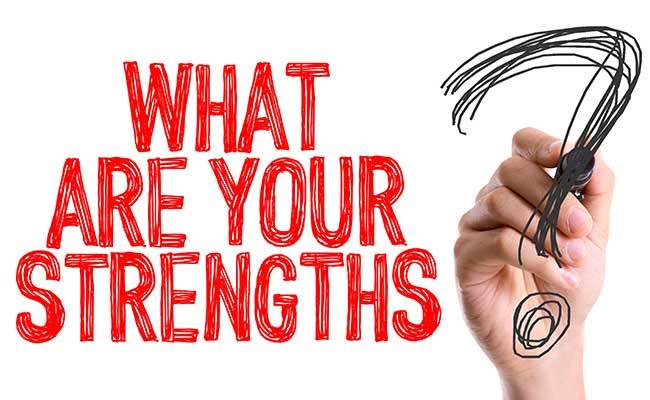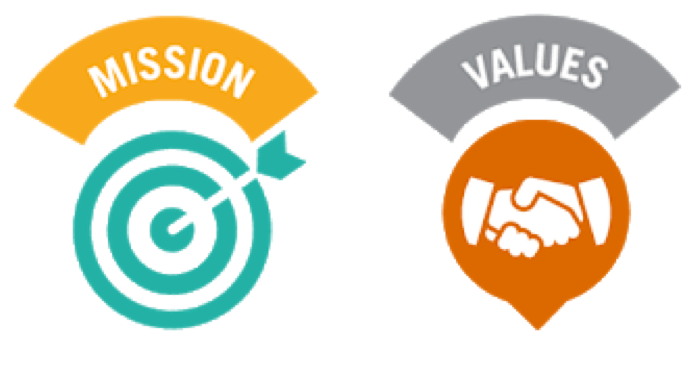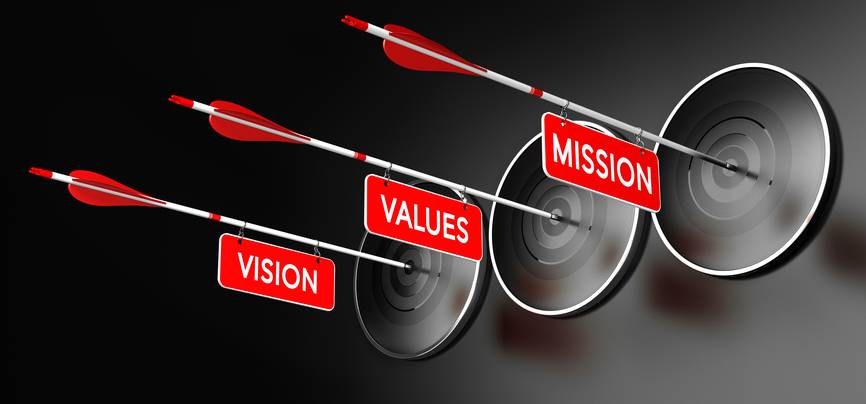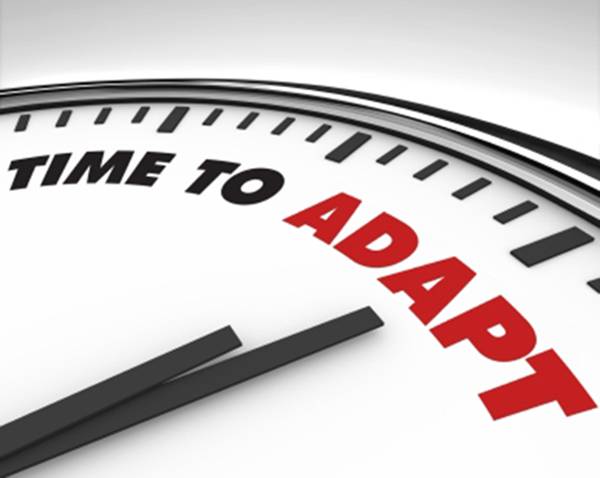What is strengths based leadership theory
I am a lifelong LA Lakers fan, and one of my favorite basketball players of all time is Shaquille O’Neal. He was a one of a kind player, and there will never be another like him. One of the things I loved about him was that he used his overpowering strength to just dominate other players near the basket. He never tried to be fancy or play in a way that didn’t suit him. He knew who he was and he was willing to play to his strengths.
So what does this have to do with business and leadership? Well, I have been recently helping my current company define what makes a great leader, and I realized something. There is no magic set of skills or abilities that are shared by all great leaders. If you were to look at your company’s board of directors and executive leaders, you might find some shared traits, but more often than not you would also find some people that run counter to those traits.
So, if there are no ‘perfect’ leadership qualities, then how can we help leaders achieve greatness?
I believe the answer lies in focusing on leadership outcomes and not leadership traits. In basketball, the desired outcome is for your team to score more points than your opponent (i.e. winning the game), and different players have different skill sets that help win the game. Great coaches inherently understand this. Phil Jackson didn’t spend his time trying to teach Shaq how to be a 3- point shooting point guard. He knew to build around Shaq’s strengths, and not spend as much time trying to make him great in every facet of his game.
The same approach can also be applied in your organization. Every one of your leaders has their own unique set of strengths and ways they can contribute to their team’s / organization’s success. Some are natural born motivators that can inspire a whole organization to follow their vision. Others might be the most valuable when they are analyzing the information of the organization, and can put their finger on the most critical underlying issues. While others might go against every process in your company, but they have an uncanny knack to generate breakthrough innovations. Your company’s goal should be to harness these strengths in order to achieve your company’s goals.
What is strengths based leadership theory
The Strengths Based Leadership Theory

Unfortunately, most companies feel safer working with leadership traits. Instead of rewarding uniqueness, they build competency models to show what the ‘ideal’ looks like. They force leaders to participate in 360 Feedback sessions and set developmental goals to address their weak areas. They hold leaders accountable more for project milestones and actions taken, and less on outcomes they have achieved. In the end, they are left with a cookie cutter approach to leadership, and unique leaders are forced to conform.
If companies really wanted to leverage their leaders’ strengths, they would set clear results they wanted them to achieve and then empower them to get it done. Regrettably, empowering leaders to get stuff done anyway they see fit creates a whole new set of problems. We all know someone that achieves results but leaves a trail of destruction behind them. At the same time, we also know the good corporate citizen whom everyone likes but who never lives up to their potential.
Strengths Based Leadership requires the right goals
In order to have Strengths Based Leadership work for your company, you need to find the right balance between goals that deliver the results for their role and goals that deliver the right kind of culture for your organization. The goals you need to deliver for the role are the easiest to identify as these come from your company’s vision and strategic direction. If you aren’t contributing to the strategic accomplishments of your company, then you are clearly not working on the right things.
As for the cultural goals, I personally believe your company’s long-term mission and core values are things that everyone should be working towards. The inclusion of Mission / Values goals will force leaders to think about “how” they lead their teams. Ultimately, delivering the strategy while improving the culture should be the goal of every leader, and that is why we want to focus on where the strategic goals and the Mission/Values goals overlap.
What is strengths based leadership theory
Example Missions and Values

In all likelihood your company has already defined its Mission and some Values that you believe in, but if not below are some examples:
Unity Technologies – A software company focusing on real time 3D graphics.
- Mission Statement – We believe the world is a better place with more creators in it.
- Values – Users First, Best Idea Wins, In It Together and Go Bold
Ingersoll Rand – A manufacturing company focusing on industrial products like compressors and blowers.
- Mission Statement – Lean on us to help you make life better.
- Values – Act Like Owners, Bold Aspirations, and Foster Inspired Teams
Walmart – A multinational retail organization that focuses on discount department stores and grocery stores.
- Mission Statement – to save people money so they can live better.
- Values – Service to the customer, Respect for the individual, Strive for excellence, and Act with integrity
While these Missions and Values are from different companies within different industries, they follow a basic pattern which, hopefully, your company’s Mission and Values also follow. The Mission should be inspirational and something your employees can be excited about when coming into work. Your Values should provide a clear sense of the culture and way of working you want within your company. At the same time, both your Mission and Values should be unique and capture what makes your company special and different from your competitors.
What is strengths based leadership theory
Translating Mission and Values into Goals

While the Mission and Values are a great starting point, they are often too high level to really guide behaviors. They are more like guiding stars. For example, my current company (Unity) has a core value of Users First. Just saying you are Users First is not enough. Unity takes it a step further by defining Users First as “We put users first… they are rock stars and we are their biggest fans. Our shared dedication to users holds us together, defines and aligns our work and drives us to deliver for them.”
But creating clearer definitions of your Mission and Values is still not enough. In order for Strengths Based Leadership to work, you need to translate the Mission and Values into tangible goals that your leaders can work towards. And here is where the Strengths Based Leadership approach is different from normal leadership models. You see, normal leadership models would set goals by clearly defining the leadership skills and behaviors they would want the leader to perform. They would set a goal like “In 2021 all leaders need to demonstrate empathy with their teams, build relationships, and develop their people.” While empathy is a very desirable skill for leaders, some leaders are naturally empathic, others will constantly struggle.
Goals should focus on the WHAT not the HOW
Instead of setting a goal based on desired behaviors that some leaders will never master, set your goals based on desired outcomes that leave enough room for all leaders to achieve it in the best way they can. For example, the goal “In 2021 the organization should be more engaged,” allows leaders different ways of achieving this goal. The naturally empathic leader might use their empathy to build stronger relationships, while other leaders might use their problem solving strengths, persuasion abilities or their technical skills to identify and address engagement issues.
The final thing to do when translating your Mission & Values into goals is to determine whether the goals should be tailored to the different levels of leaders. For example a CEO might be able to impact the whole organization, while team leads might just be able to impact their teams and direct colleagues. By tailoring the Mission & Values goals to the different types of leaders in your company you can make sure all the leaders are working towards the same desired outcomes, but also recognize that they will help achieve those outcomes through different actions.
Here is how we have translated the “Users First” value from Unity into different outcomes for different levels of leaders:
- Directors & VPs – “Users First” means your business unit / departments use data and empathy to relentlessly improve their users’ experience.
- Manager & Senior Managers – “Users First” means your teams or department have built their processes around improving their users’ experience.
- Team Leads – “Users First” means your team is constantly employing ways to improve your users’ experience.
What is strengths based leadership theory
Integrating Strengths Based Leadership Across HR

One of my friends and colleagues used to work for General Electric, and shared with me their well-known approach to leadership. Made famous in the days of Jack Welch, GE invested a huge amount of money in leadership development. Their goal was to build up each leader’s capabilities so that when they replaced one leader with another the business would continue without a bump. To many this approach makes sense. Who wouldn’t want a pipeline of leaders with the same qualities and strengths that make them interchangeable?
Earlier in my career I thought GE had the best in class approach to leadership. But now, after working in different companies and industries I see the limitations more clearly. I’ve worked with the Tech Director who is almost a robot, but his team loves working for him. I’ve worked with the HR leader who cared more about numbers than people, but nevertheless her organization was highly engaged and accomplished wonders. Over the 15 years I have worked in HR, I have met as many people that break the leadership mold as those who perfectly fit it.
These leaders who are successful even though they don’t fit the standard template for leaders should not be thought of as outliers or misfits. Defining your Mission & Values Goals is the critical first step, but in order to unlock their potential, we need to rethink our approach to the company’s human capital. We will need to integrate the Mission & Values Goals and the Strengths Based approach to how we think about performance management, hiring & recruitment, growth & development, and talent management. Only by evolving how we think about those leadership processes can we truly build a diverse team of leaders and not just a team of cookie cutter leaders.
What is strengths based leadership theory
Coaches Adapt, So Why Can’t You?

Shaq played 19 seasons in the NBA and scored 28,596 points (#8 all time), but only made 1 3-pointer throughout his entire career. Thankfully he only attempted 22 of them, and most likely these were attempted once the game had already been decided. Phil Jackson built the Lakers around Shaq’s strengths, and never tried to force him to become some great all around player. He was who he was, and Phil accepted that.
But Phil Jackson is not alone in following a Strengths Based approach to his talent. Throughout sports there are countless examples of other coaches who were willing to adapt their systems to fit the talent they had (not just the talent they wanted). Duke basketball coach Mike Krzyzewski, Alabama football coach Nick Saban, and many NFL coaches have adapted their coaching strategies to fit their talent. If the world class coaches adapt their ways of working to fit their talent, then why are we forcing our leadership talent to fit one style of leading?
To me, this is one of the most important questions we need to answer, and over the next few months I will attempt to do so. I will continue to explore the concept of the Strength Based approach and how we can apply it to various aspects of our business and leadership. My goal is to identify simple ways you can adapt your HR and Talent Management processes to allow for unique and successful leaders.
Help me refine this concept
But as this concept is a work in progress, I would love to hear from you. How do you think this would work in your company? How does this concept resonate with you and your strengths. Write your thoughts in the comments below. I hope some of you will help me refine this concept further.
What is strengths based leadership theory

Thanks for sharing your thoughts on the strengths-based leadership model. It’s a solid idea of adapting to the talents of your staff. I’d be interested to see more examples of this in different settings, like retail.